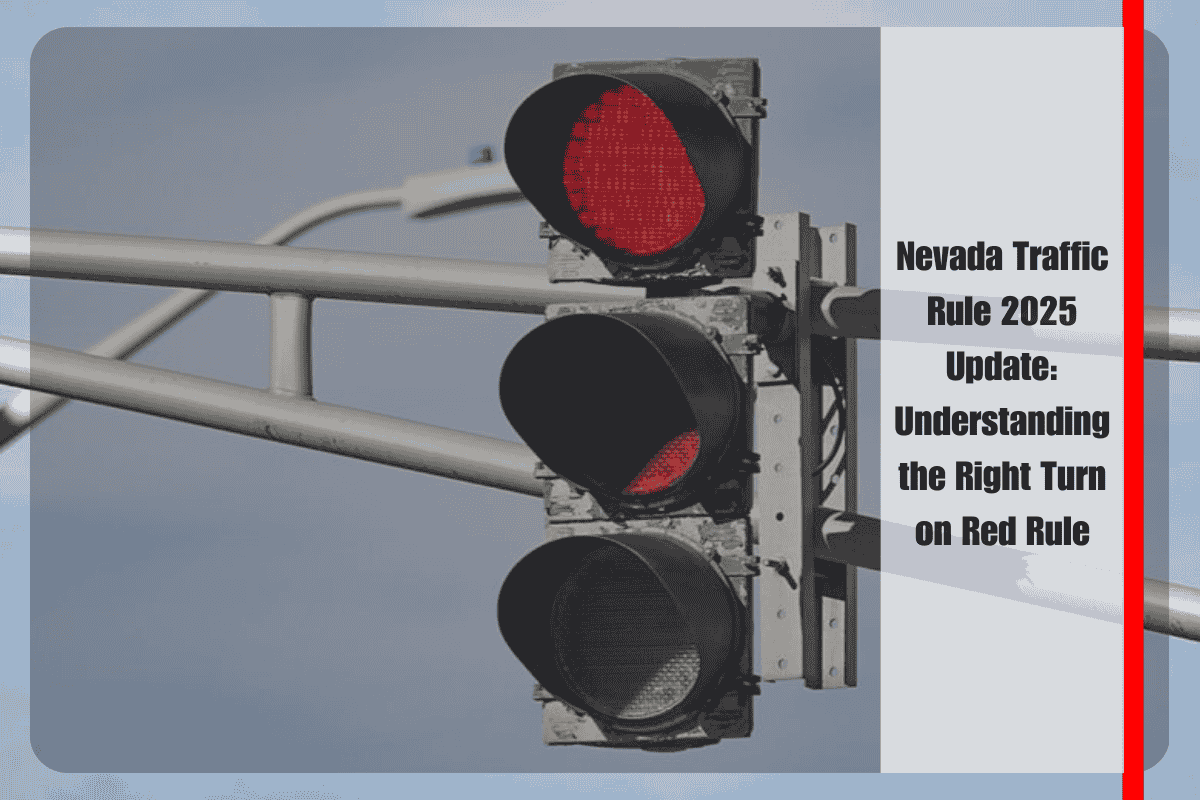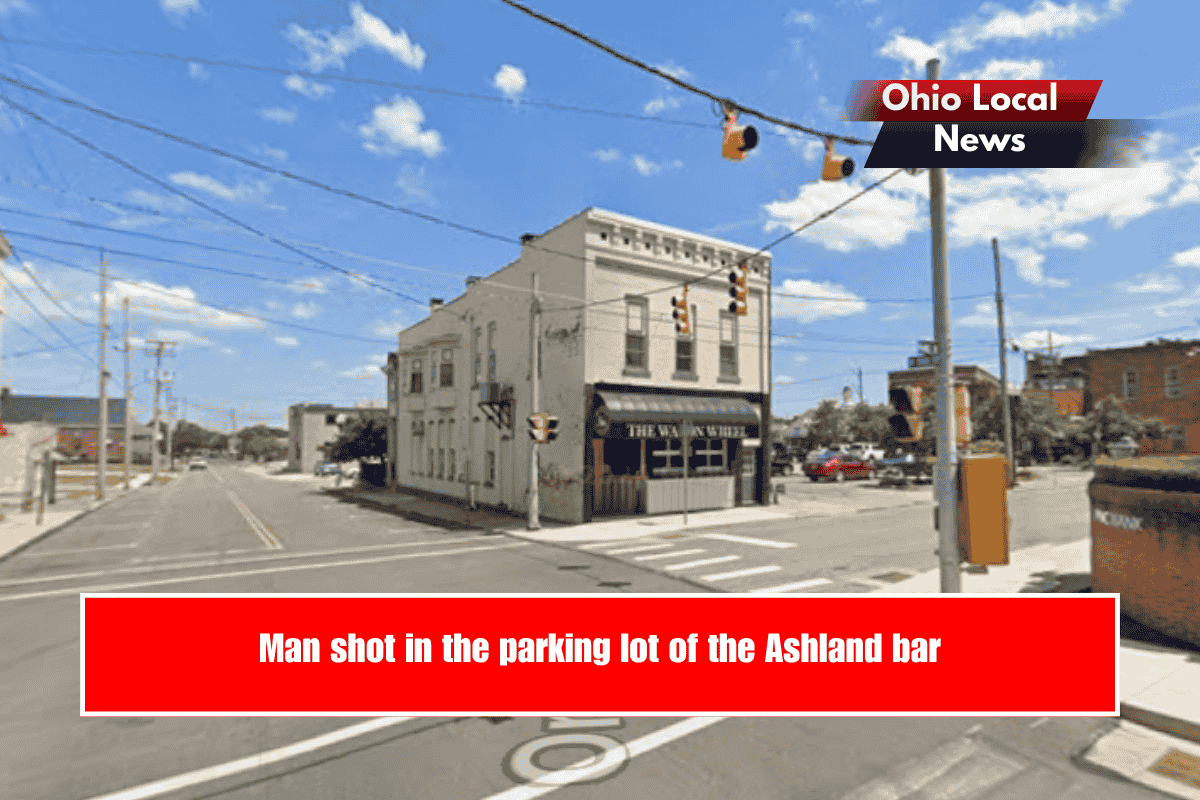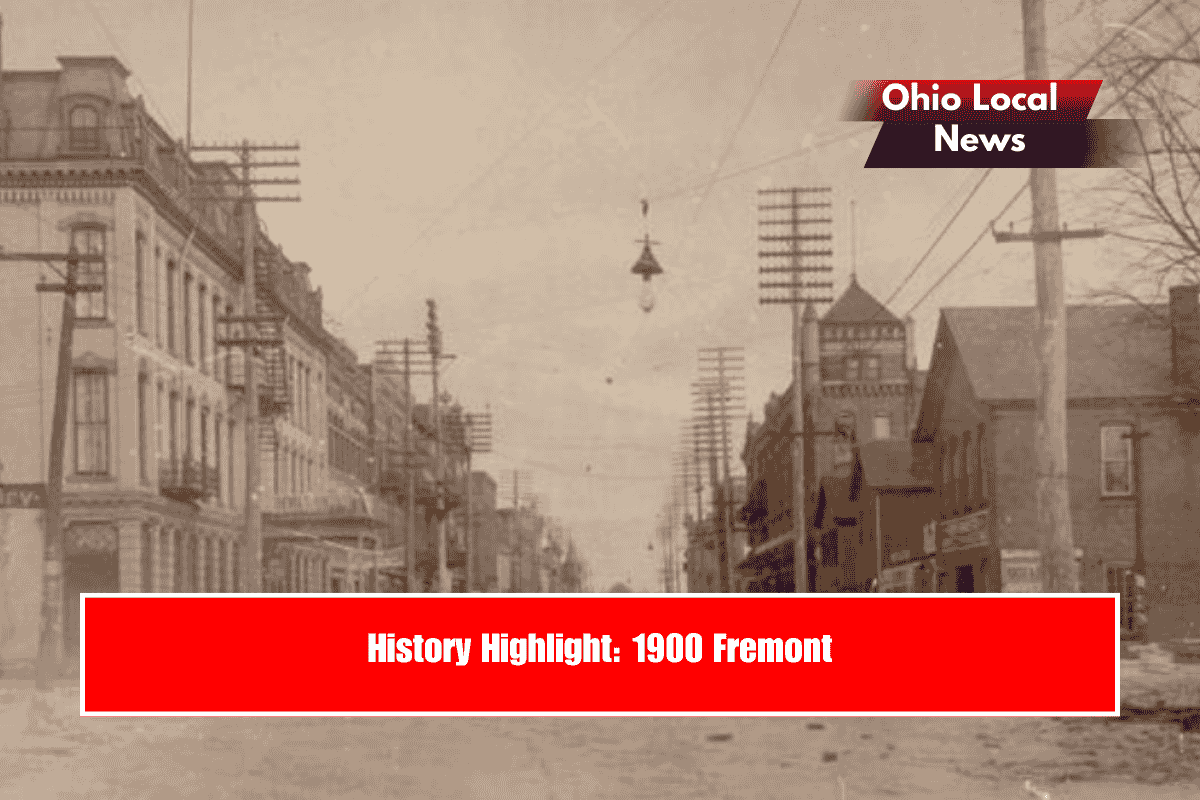In Nevada, the right turn on red rule continues to follow the long-standing legal framework under Nevada Revised Statute (NRS) 484B.307. As of the 2025 update, the rule remains largely consistent, allowing drivers to make a right turn at a red light, but only if specific safety and legal conditions are strictly met.
To lawfully execute a right turn on red in Nevada, a driver must first come to a complete stop at the marked stop line, before the crosswalk, or at the intersection itself if there is no line present. Merely slowing down or rolling through the red light is not sufficient; a full stop is required to ensure the safety of both pedestrians and cross-traffic. Once stopped, the driver must thoroughly observe the intersection for posted signs that prohibit turning right on red. If such a sign is present, the maneuver is explicitly forbidden, and proceeding to turn could result in a traffic violation with associated fines and demerit points added to the driver’s record.
Even when a right turn on red is permitted, the responsibility falls on the driver to yield the right-of-way to any pedestrians in the crosswalk and to all vehicles that have the green light, including oncoming or adjacent vehicles that may have a green arrow or signal. Intersections in Nevada frequently have dedicated signals or signage for turns, and a green arrow for cross-traffic means the right turn on red is not allowed. Additionally, when turning in the proximity of a school zone, further restrictions apply. During active school hours—typically indicated by flashing yellow lights or the presence of children—a right turn on red is prohibited to prioritize the safety of students crossing the street.
The correct procedural steps for a right turn on red include being in the rightmost lane, signaling appropriately, and proceeding only when the road is clear of other vehicles and pedestrians. The law emphasizes caution, advising drivers to avoid making sharp or unexpected movements while turning. Temporary road work zones or emergency restrictions may also temporarily suspend the right-to-turn-on-red privilege at certain intersections.
Violations, such as turning right on red when prohibited, failing to yield, or not coming to a complete stop, are treated as moving violations. Convictions can result in fines typically ranging from $100 to $250, and demerit points assessed against the driver’s Nevada license. Accumulating excessive demerit points can lead to license suspension. In instances where an illegal turn leads to an accident—especially involving pedestrians or other vehicles—liability increases significantly, potentially leading to further civil or even criminal penalties depending on the severity and circumstances of the incident.
Nevada’s approach to right turn on red aims to balance driver convenience and roadway efficiency with stringent safety measures designed to protect all road users. The 2025 update underscores continued enforcement and awareness, reminding drivers to always check signage, exercise extreme vigilance, and yield when required, prioritizing the shared safety of intersections across the state.
Sources
[1] https://zerofatalitiesnv.com/stop-on-red/
[2] https://www.thefiercefirm.com/can-you-turn-right-on-red-in-nevada/
[3] https://www.shouselaw.com/nv/defense/nrs/484b-307-turning-right-on-red/
[4] https://www.rodneyokano.com/blog/nevada-law/can-you-turn-right-on-red-in-nevada
[5] https://en.wikipedia.org/wiki/Turn_on_red












